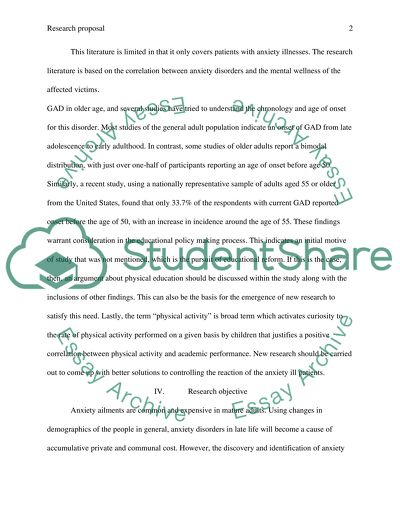Cite this document
(“Anxiety Research Proposal Example | Topics and Well Written Essays - 1500 words”, n.d.)
Retrieved from https://studentshare.org/sociology/1446258-anxiety-disorders
Retrieved from https://studentshare.org/sociology/1446258-anxiety-disorders
(Anxiety Research Proposal Example | Topics and Well Written Essays - 1500 Words)
https://studentshare.org/sociology/1446258-anxiety-disorders.
https://studentshare.org/sociology/1446258-anxiety-disorders.
“Anxiety Research Proposal Example | Topics and Well Written Essays - 1500 Words”, n.d. https://studentshare.org/sociology/1446258-anxiety-disorders.


